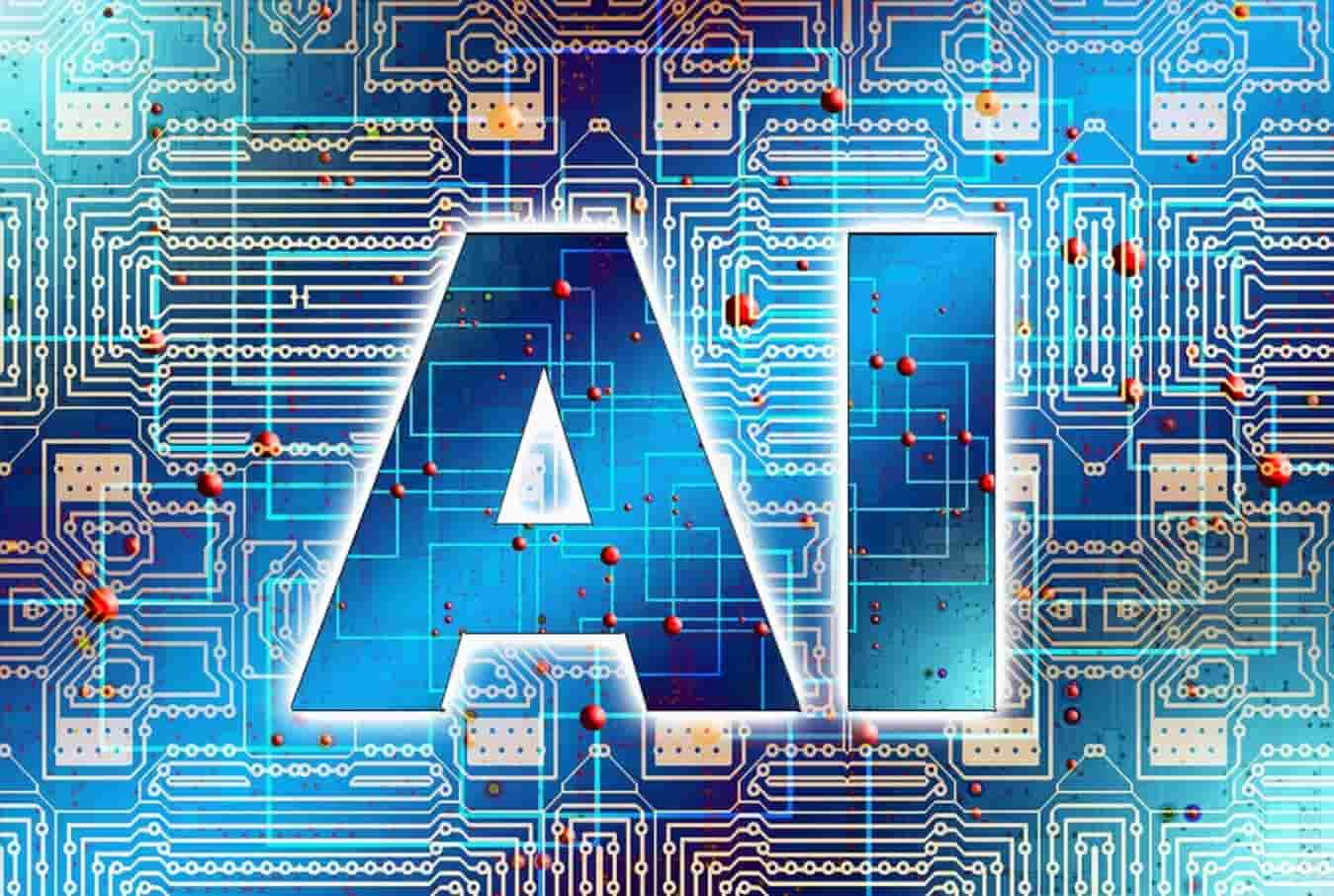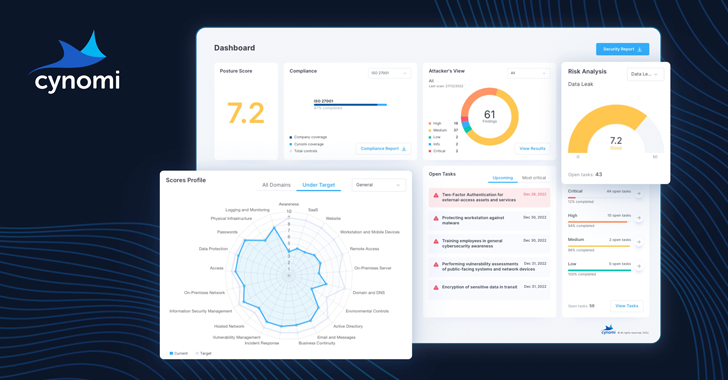Banking is readily recognized as one of the main sectors undergoing significant transformation with the advent of AI (Artificial Intelligence). With deep pockets, the industry has the resources to put serious money into machine learning in every area from stock trading to customer service to mobile banking.
Dispelling fear
But there’s a real issue when it comes to getting the message out to consumers. According to one UK survey, up to 80% of people don’t trust AI with money. This is perhaps understandable given the alarmism surrounding the idea of autonomous computers, not to mention the fact that there’s a lot of mystification around the basic functionality of AI. However, as experts on the subject have frequently emphasized, the dangers have been greatly overexaggerated.
Making the leap: AI in banking
The possibilities of AI in banking are enormous. According to one Business Insider report, it offers a cost-saving potential of up to $443 billion by 2020.
Anti-fraud application
The same report estimates that middle-office savings of up to $217 billion could be made, mainly through the implementation of AI Know Your Customer procedures.
Machine learning has particular applications in security, notably the power to adapt to new threats and prevent fraud with ID verification. This could be a particular asset in fighting cybercrime, where criminal behavior patterns are unpredictable and constantly evolving.
Chatbots
Most banks are investing heavily in AI customer service solutions. One of the most publicly visible uses of AI in banking is the rise of the chatbot such as Bank of America’s Erica. These bots respond to user inquiries and can perform basic account functions such as freezing credit cards and alerting customers to unfamiliar payments.
Putting a humanoid face on banking, these bots have understandably garnered a lot of press attention.
There’s a strong case to be made that much of the hype surrounding chatbots is out of step with reality. At the moment, even the most sophisticated bots are only up to handling fairly basic financial inquiries. They have a long way to go before they can generate natural language to hold a real conversation with customers.
Internal functions
On the less glamorous side of the business, banks are investing in functional back-room AI that can help with everything from finalizing contracts to predictive analytics for the stock market.
Algorithmic trading has been a familiar feature of the financial sector, but AI has expanded in capability. In the long run, it might find application as part of the split-second human decision-making process to buy and sell.
Image recognition software is already allowing banks to sift through thousands of pages of documents in seconds, saving companies countless man-hours.
You’ll know when you can trust it
The bottom line is that banks wouldn’t be investing in AI if it wasn’t secure and reputable because it’s not in their self-interest to risk their operations or your money. While fears around AI persist, the fact is AI is already helping people be safer.










